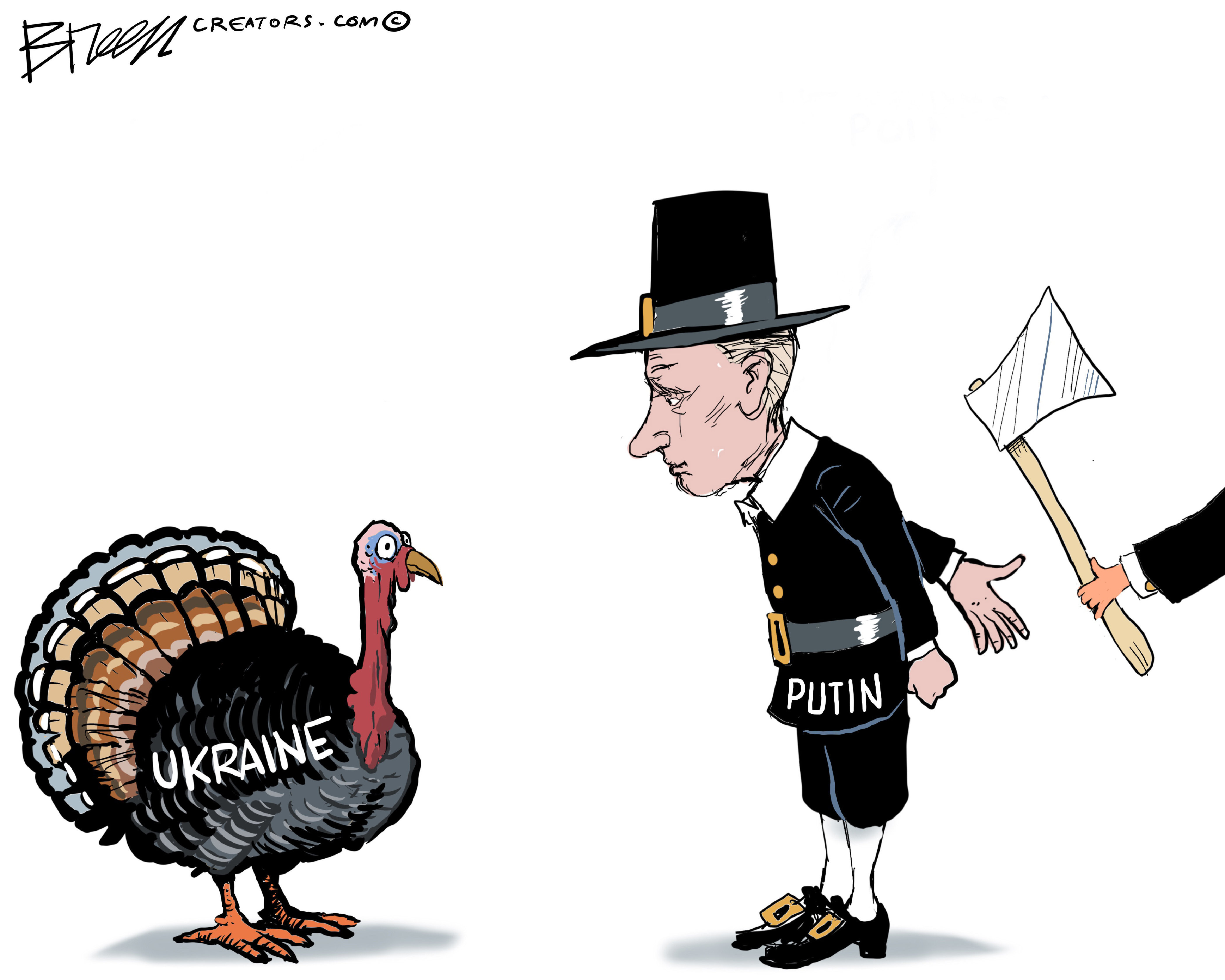Ori Gersht: History Repeating
In the short films of Israeli artist Ori Gersht, serene images are frequently shattered by violent explosions.
Museum of Fine Arts, Boston
Through Jan. 6
Sometimes “beauty makes a pact with the Devil,” said Vicki Goldberg in Vanity Fair. In the short films of Israeli artist Ori Gersht, many of which are featured in the current survey of his work at Boston’s MFA, seductivelyserene still-life images are frequently shattered by violent explosions. In Blow Up, from 2007, flowers have been arranged in a vase so as to mimic a 19th-century oil painting by French painter Henri Fantin-Latour. Suddenly there’s a sharp blast, after which petals and shards of glass “rain gently down in slow motion.” In Pomegranate, from 2006, a bullet does the damage, “spewing blood-red seeds and flesh” as it tears through the titular fruit. Gersht, who grew up in Tel Aviv, is obviously an artist keenly aware of what it’s like to live with the constant threat of suicide bombers. These works interrogate the purpose and meaning of beauty, “lavishing pleasure on the eyes, then exploding in sight and mind.”
The Week
Escape your echo chamber. Get the facts behind the news, plus analysis from multiple perspectives.

Sign up for The Week's Free Newsletters
From our morning news briefing to a weekly Good News Newsletter, get the best of The Week delivered directly to your inbox.
From our morning news briefing to a weekly Good News Newsletter, get the best of The Week delivered directly to your inbox.
Gersht’s method surely appears to be more than “shtick,” said Blake Gopnik in TheDailyBeast.com. In all these works, there’s an implication “that beauty is always at risk of destruction, and might get its force from that risk.” And the other pieces in the show help illuminate his interests. He’s often traveled, for instance, to sites where incidents of great violence have occurred, said Hilarie M. Sheets in The New York Times. He’s taken photographs of swampland in Poland where partisans hid from the Nazis and of cherry blossoms that bloom in the irradiated soil of Hiroshima, Japan. Always, he uses techniques that cause viewers uncertainty about what they’re looking at, or what might happen next. Historical allusions abound, but each work is “first and foremost” a “sensual visual experience.
A free daily email with the biggest news stories of the day – and the best features from TheWeek.com
-
 5 critical cartoons about the proposed Russia-Ukraine peace deal
5 critical cartoons about the proposed Russia-Ukraine peace dealCartoons Artists take on talking turkey, Putin's puppet, and more
-
 Could Trump run for a third term?
Could Trump run for a third term?The Explainer Constitutional amendment limits US presidents to two terms, but Trump diehards claim there is a loophole
-
 Political cartoons for November 28
Political cartoons for November 28Cartoons Friday's political cartoons include economic diagnosis, climate distractions, and more